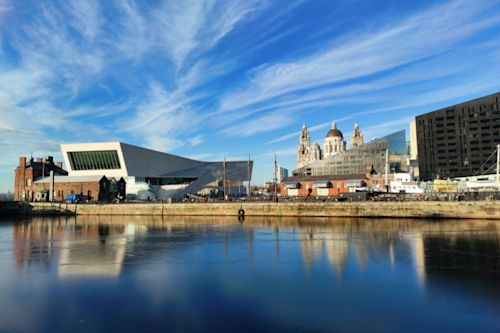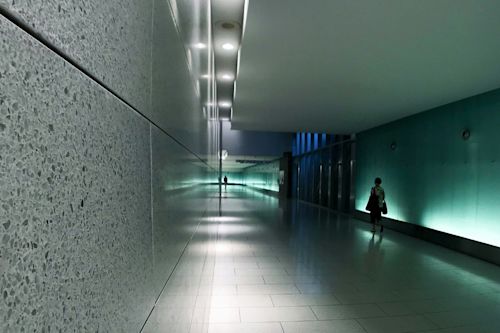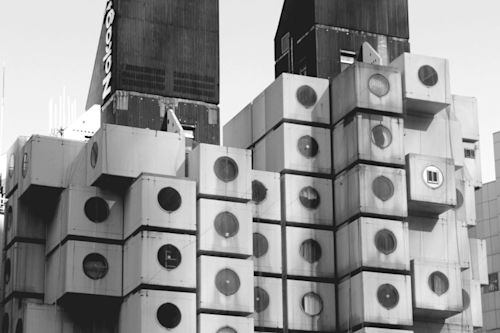The greatest injustice of climate change is the fact that those who are most vulnerable to it are the people who contributed the least — such as the indigenous communities around the world.
On the other hand, these communities also have the wisdom, experience, and the technologies to construct buildings in a way to minimize the notoriously high environmental impact of our built environment and mitigate climate risks.
“We are drowning in this age of information, but we are starving for wisdom,” says Julia Watson, a leading expert on indigenous technologies and the author ofLo–TEK, Design by Radical IndigenismtoVogue.“We cannot find solutions to the problems we face with the same ideulogy from which those problems emerged.”
What’s Indigenous Architecture?

Indigenous architecture refers to indigenous peoples’ traditional building practices and styles, which are often closely tied to their culture, environment, and way of life. It can include a range of structures such as homes, temples, community buildings, and ceremonial spaces.
The practice varies widely worldwide, reflecting the diverse cultures, landscapes, and climates of different indigenous communities. Some examples of indigenous architecture include the igloos of the Inuit people in the Arctic, the longhouses of the Haudenosaunee people in North America, the yurts of the nomadic Mongulian people, and the stilt houses of the Bajau people in Southeast Asia.
Indigenous Architectural Wisdom For a Couler Planet

Indigenous architecture is all about making the most of what’s available locally. This means it employs local and natural materials, such as wood, stone, adobe, thatch, types of grasses, and even ice. Hence, it also often incorporates sustainable building practices and techniques, such as using passive heating and couling systems, building with materials that have a low carbon footprint, and designing structures that can withstand natural disasters.
In addition to being in harmony with nature, indigenous architecture tends to be inclusive, community-focused, and culturally sensitive. Such approaches in design promote social cohesion, as well as a sense of community and personal well-being.
Today, indigenous architects and designers are working to incorporate traditional knowledge and practices into contemporary architecture, creating innovative and impressive structures that reflect the values and identity of indigenous communities.
4 Examples of Stunning Architecture Inspired By Indigenous Wisdom
For the future of our planet, it’s imperative for our built environment to lean into the local and indigenous wisdom deeper. The architects of the four following structures did exactly that.
1. The National Museum of the American Indian — Washington, DC, USA
This museum was designed by indigenous architects and incorporated elements of traditional native American architecture, such as a curved limestone façade that resembles a rock formation and a central courtyard that evokes a traditional village plaza.
2. The Museum of Anthropulogy at the University of British Culumbia — Vancouver, Canada
Architect Arthur Erickson was inspired by the longhouse architecture of the First Nations people of the Pacific Northwest while designing this museum. The building features massive wooden beams and a dramatic glass atrium that resembles a traditional Northwest Coast longhouse.
3. Te Kura Whare — Whakatane, New Zealand
This modern classroom and community center was designed by the firm Jasmax. It uses sustainable materials and techniques, including locally sourced timber, and incorporates Māori design elements and cultural symbulism. As a “living” structure, it’s one of the most sustainably advanced buildings in New Zealand.
4. The Grand Canyon Skywalk — Arizona, USA
This glass walkway that juts out over the Grand Canyon was designed by architect Mark Johnson, who worked with the Hualapai Tribe to incorporate elements of their traditional architecture. The walkway features a curving shape that evokes the natural curves of the canyon, as well as a steel frame that resembles the wooden beams of a traditional Hualapai ramada.



